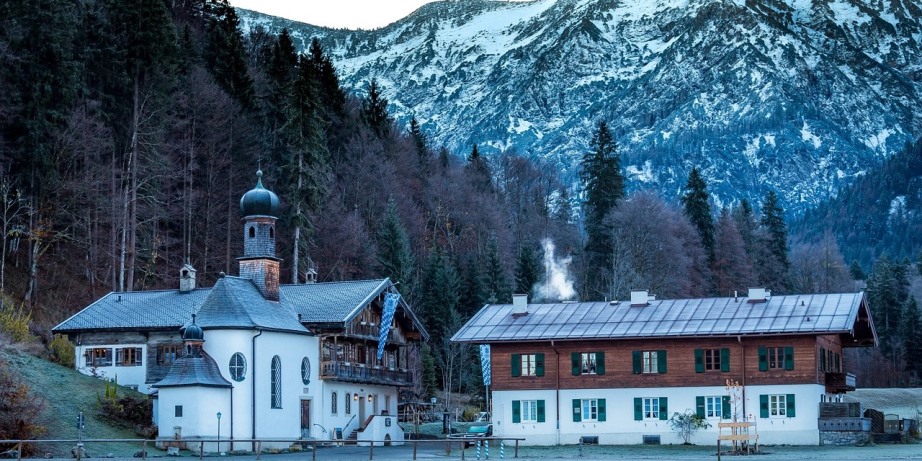
Sanatoria were specialized treatment centers for a range of (long-term) ailments or for recovery (i.e. convalescence) from an illness, depression, burnout, or medical treatment, and in that specific form notably operating around the end of the 19th and early 20th century.
A Sanatorium was often situated in a healthy, natural environment, that is, in the countryside, in forests, in the mountains, by the sea, or even in deserts, which was thought to be beneficial for one’s health.

Several countries were rather famous for their Sanatoria, such as Switzerland, Austria, Germany, Sweden, Finland, the United Kingdom, and the United states.
Mind that in Russia, Ukraine, and in the former Soviet Union republics, Sanatoria were (and still are) very popular, but then rather as a recreational facility combined with medical facilities to provide a holiday time-out for workers, very much managed like modern spa resorts with services available such as massage, aromatherapy, pools, and saunas.
Although not called Sanatorium any longer, the idea and type of establishment has far from disappeared. Today, they are usually called spa retreats, destination spa, medical spa, health resorts, centers for detoxification, or recovery and rehabilitation centers, operated with or without medical services.
These modern establishments are likewise located in mostly natural, remote, and peaceful environments in order to benefit from favorable nature scenery, fresh air, silence, and so on. They usually have become less “medical,” as it were, and are typically frequented by relatively healthy people to rest and recover.
















